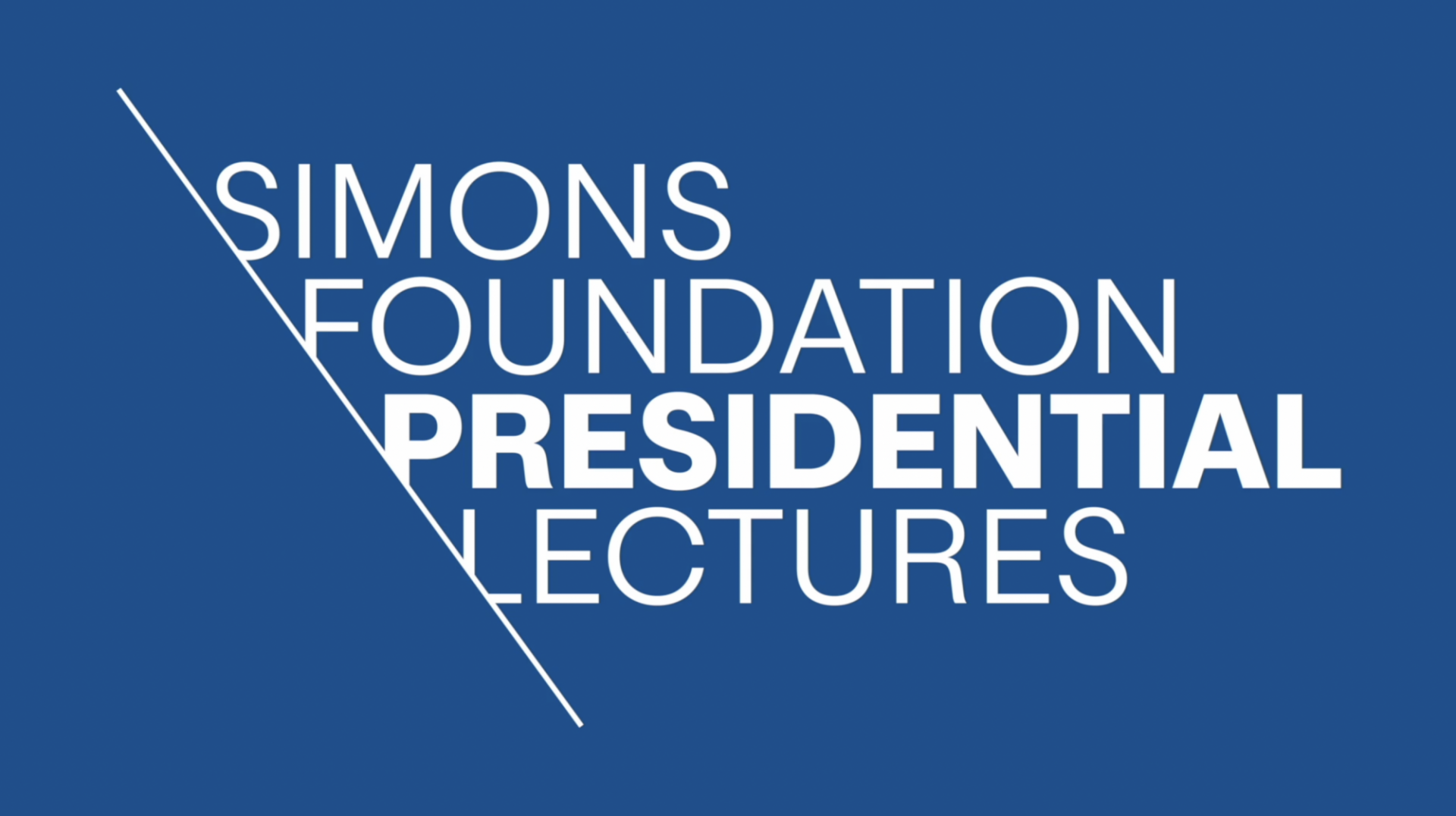Optical imaging is pervasive in daily life and modern technology. Unfortunately, optics encounters problems when it comes to “seeing” objects much smaller than the wavelength of light. This limitation is a common roadblock in studying quantum materials that host various unexplored quantum phases. Interesting effects in these systems often occur at nanometer scales that are much shorter than the wavelength of light. The wavelength obstacle in imaging is epitomized under the notion of the ‘diffraction limit’ and is particularly acute in the infrared range where the wavelength is exceptionally long (tens or even thousands of microns).
Over the last decade, Dmitri Basov and his group have introduced and deployed a fundamentally different form of optical imaging suited to extend infrared and optical experiments to the nanoscale. They no longer use free-space photons to study the physics of quantum materials. Instead, their imaging agent is a hybrid quasiparticle known as a polariton comprised of a photon and material excitations. Polaritons are incredibly compact, beating the diffraction by several orders of magnitude. Yet they are mobile and can surf along the sample surfaces over macroscopic distances. As Basov and his coauthors track ‘nanolight’ polaritonic waves with home-built tools, they learn about the physics of quantum materials supporting these waves. In this talk, Basov discusses several examples of progress in understanding electronic phenomena and topological effects in solids all empowered by nanolight.
To watch the recording, click here.

